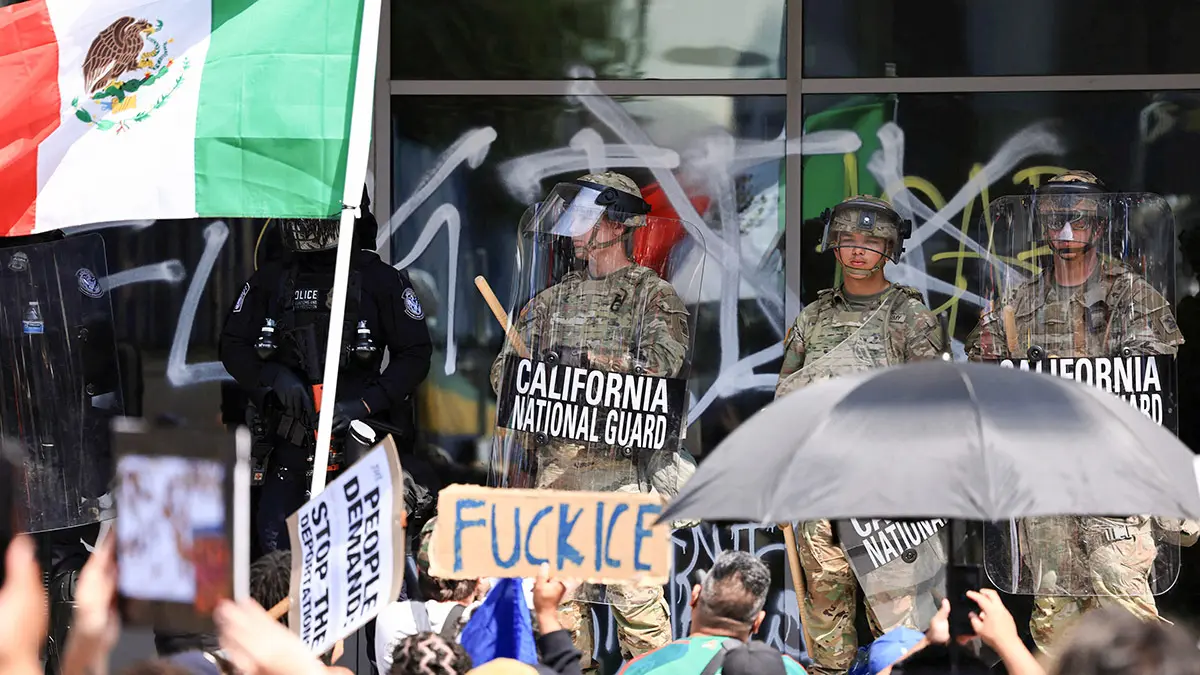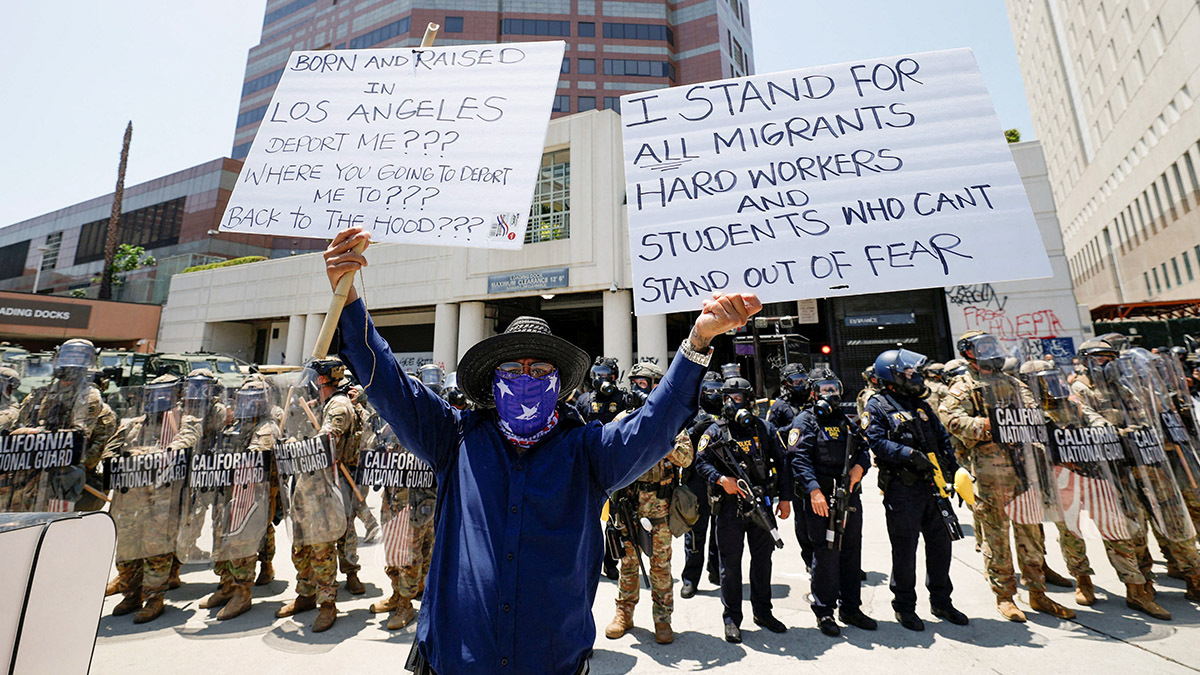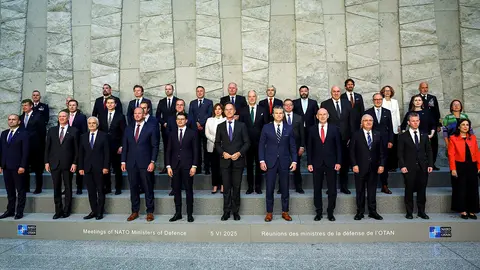Riots in Los Angeles, a pretext for punishment

By ordering the mobilisation of 2,000 National Guard troops, to which he has added another 2,000 reservists and 700 marines from Camp Pendleton, all for tasks that do not go beyond public order, US President Donald Trump is aiming to score several points in one fell swoop.
Firstly, he is applying his tough anti-immigration policy to the very heart of one of the capitals considered to be a ‘sanctuary’ for illegal immigration, in this case mainly from Mexico. In fact, the first raids carried out by US immigration agents (ICE) simultaneously at three locations in the city affected several Zapotec families, originally from the Mexican state of Oaxaca.
Trump then cited serious threats to order, sufficient to exceed the state of California's own capacity to control them. Under this pretext, the president bypassed the rule that gives the state governor the power to mobilise the National Guard, and consequently assumed authority over both the National Guard and the armed forces he deemed necessary to counter the threat.

It is clear that the riots in Los Angeles have not, at least at the time of writing, reached the level and scale sufficient to invoke Title 10 of the United States Code. Faced with outright opposition from California Governor Gavin Newson of the Democratic Party, Trump reportedly raised with his crisis cabinet the possibility of invoking the Insurrection Act, which would allow him to place the entire area under a state of emergency or siege.
Newson, considered one of the possible Democratic candidates for the US presidency in the upcoming White House elections, had already been targeted by Trump, who had accused him of being incapable of handling the situation and of being a ‘real disaster’. The Californian governor sees Trump as a target to be taken down, and with him the Democratic Party's chances of regaining ground in Congress in the mid-term elections.
The White House occupant also continues to settle scores with his immediate predecessor, Joe Biden, whom he has denied former presidents' access to confidential security agency documents and he is trying to prosecute him for alleged crimes of violating state secrets and even alleged treason. Such is the animosity he harbours against the rival who prevented him from extending his first term for another four years at the polls, while also blaming him for the two impeachment proceedings Trump had to face.
In short, Trump wants Los Angeles, even at the risk of increasing the severity of the riots, to be stripped of its status as a hypothetical safe haven for undocumented immigrants who arrived in the country decades ago in search of the so-called American dream. Furthermore, he wants to turn a territory that has always been favourable to these illegal immigrants within the United States into a ‘hell’, where attempts to make English the only legal language have never been enforced, even though knowledge and use of the language gives them undoubted advantages in terms of social and economic progress.
Alongside the governor, who described Trump's mobilisations as provocative, the mayor of Los Angeles, Karen Bass, also criticised the presence of soldiers ‘on the streets of a county where one in three residents was born in another country’.
On the contrary, the man now considered ‘the border czar’ [of the Trump administration], Tom Homan, emboldened by Trump's own threats, has warned the governor, the mayor and all California state officials that they risk arrest if they interfere with the immigration operations he directs.
Although Trump is distinguishing himself in other areas by backtracking or partially or totally reversing measures announced with great fanfare, in the case of cracking down on illegal immigration, and in the process making legal immigration much more difficult and inconvenient, he is more likely to decide to take on a traditionally Democratic state like California, with all the consequences that entails.



